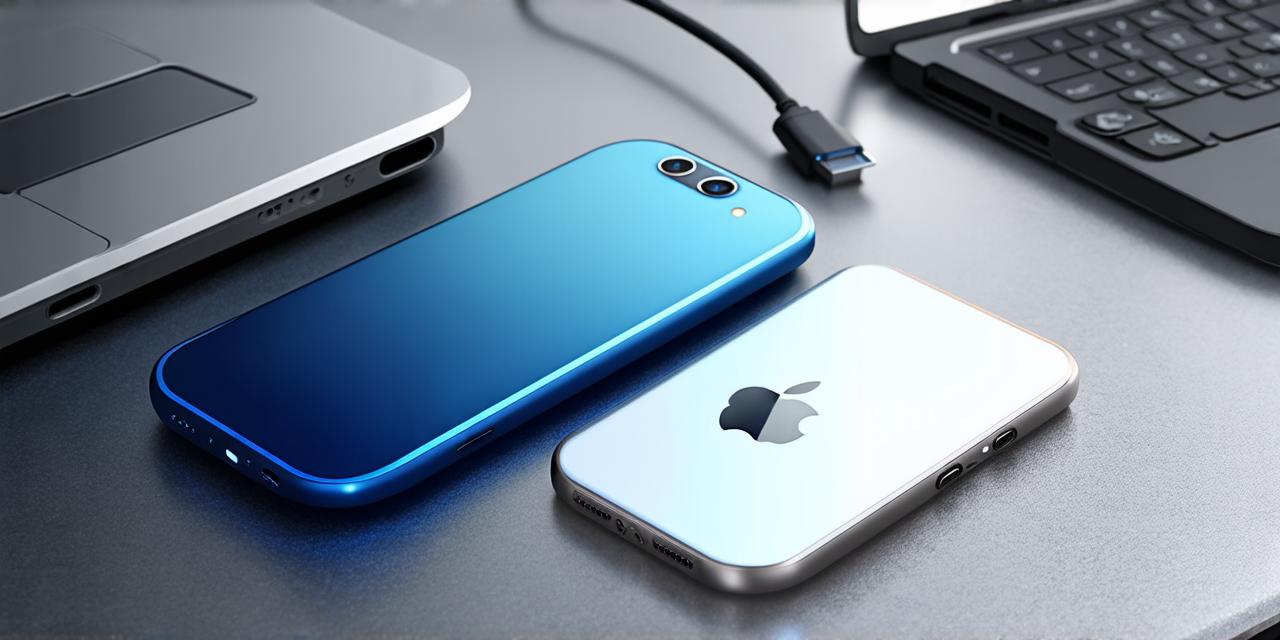When it comes to installing iOS applications, there are several ways to do it. One way is to use the App Store, which is the official app store for Apple devices. Another way is to use a third-party app store or download the app directly from the developer’s website. However, sometimes you may need to manually install an iOS application, either because it is not available on the App Store or because you want more control over the installation process. In this guide, we will explore how to manually install iOS applications, including the benefits and drawbacks of this approach.
Benefits of Manually Installing iOS Applications
There are several benefits to manually installing iOS applications:
- Customization: When you manually install an iOS application, you have complete control over the installation process. This means you can customize the app’s settings and features to suit your needs. For example, you can choose which version of the app to install, or you can modify the app’s permissions.
- Flexibility: Manually installing an iOS application gives you more flexibility than using the App Store. With the App Store, you are limited to downloading apps that have been approved by Apple. This means you may not be able to find certain apps, or you may need to wait for the app to become available on the App Store. By manually installing an app, you can download and install any app you want, regardless of its availability on the App Store.
- Offline access: When you manually install an iOS application, you don’t need an internet connection to use it. This means you can access the app offline, which is especially useful if you are traveling or in an area with poor internet connectivity.
- Control over updates: When you manually install an iOS application, you have control over when and how the app is updated. This means you can wait for the app to be updated before installing it, or you can install the latest version of the app immediately.
Drawbacks of Manually Installing iOS Applications
While there are several benefits to manually installing iOS applications, there are also some drawbacks to consider:
- Risk of malware: When you download an app from a third-party source, there is a risk that the app may contain malware. Malware can harm your device and steal your personal information. To avoid this, make sure you only download apps from trusted sources.
- Compatibility issues: Manually installing an iOS application can sometimes cause compatibility issues with other apps on your device. This means the app may not work as expected, or it may crash frequently. To avoid this, make sure the app is compatible with your device and operating system before installing it.
- Complexity: Installing an iOS application manually can be complex, especially if you are not familiar with the process. It requires technical knowledge and skill, which may not be available to all users.
- Limited support: When you manually install an iOS application, you don’t have access to the app’s official support. This means you may need to rely on community forums or other sources of help if you encounter problems with the app.
How to Manually Install iOS Applications
Now that we have discussed the benefits and drawbacks of manually installing iOS applications, let’s explore how to do it:
- Download the app file: The first step is to download the app file from a trusted source. You can find app files on websites such as GitHub or Bitbucket, or you can ask the developer for the file directly.
- Connect your device: Once you have downloaded the app file, connect your iOS device to your computer using a USB cable.
- Install Xcode: If you don’t already have Xcode installed on your computer, download and install it from the App Store. Xcode is a free development environment for macOS that includes tools for managing iOS apps.
- Enable Developer Mode: To manually install an iOS application, you need to enable Developer Mode on your device. This can be done by going to Settings > General > About iPhone > Diagnostics & Usage > Turn on Developer Mode.
- Create a provisioning profile: A provisioning profile is a digital certificate that allows you to sign and distribute iOS apps. You will need to create a provisioning profile using the Xcode developer portal. Once you have created the profile, add it to your device by going to Settings > General > About iPhone > Diagnostics & Usage.
- Install the app: To install the app, open Terminal on your Mac and navigate to the directory where the app file is located. Then run the following command:
xcodebuild -i /path/to/app.ipa
This will install the app on your device. You may be prompted to enter your password or other security information, so make sure you have it ready.Tips for Manually Installing iOS Applications
Here are a few tips to help you successfully manually install an iOS application:
- Use a trusted source: Make sure you download the app file from a trusted source. Look for apps that have been signed by a reputable developer and have a good reputation online.

- Check compatibility: Before installing an app, make sure it is compatible with your device and operating system. You can check the app’s requirements on the developer’s website or in the app file’s metadata.
- Back up your data: Before installing any new apps, make sure you back up your data to iCloud or another cloud storage service. This will ensure that your data is safe in case something goes wrong with the app.
- Be patient: Installing an app manually can take some time, especially if you are not familiar with the process. Be patient and don’t rush the installation process.
- Use a virtual machine: If you are concerned about downloading malware or other security threats, consider using a virtual machine to install the app. This will create a separate environment for the app, which can help protect your device from any potential threats.
Conclusion
Manually installing iOS applications can be a useful tool for developers who need more control over the installation process. While there are some risks and drawbacks to consider, the benefits of customization and flexibility make it an attractive option for many users. By following the steps outlined in this guide, you can safely and effectively manually install iOS applications on your device. Just remember to be cautious, back up
